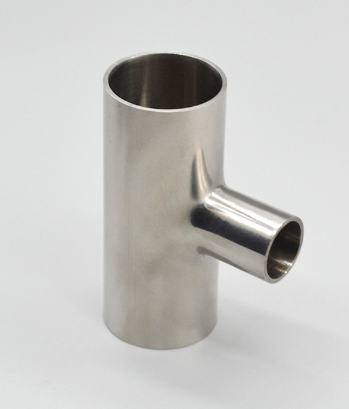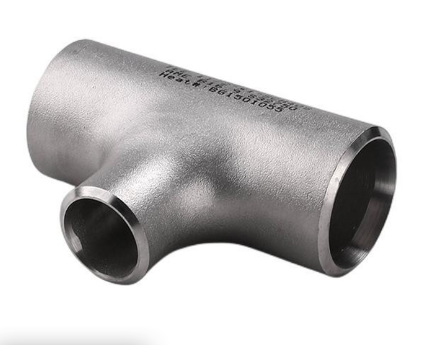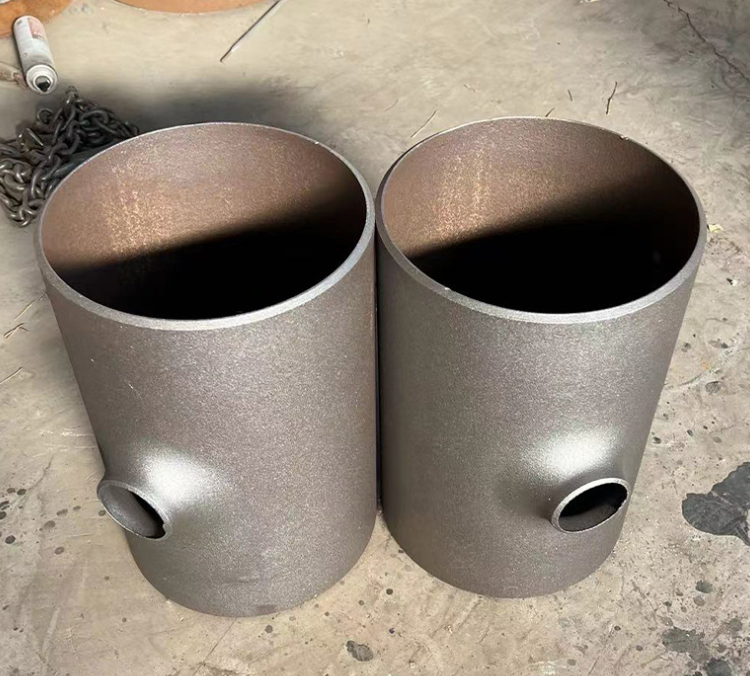International Standards:
- ASME B16.9(U.S. Standard):Class 150, 300, 600, 900, 1500, 2500
- EN 10253-2(European Standard): PN6 to PN100.
- JIS B2311(Japanese Industrial Standard):5K to 40K
- GOST 17376-2001(Russian/CIS Standard): 0.1 MPa to 25 MPa
- SABS 1123(South African Standard): PN6 to PN25.
- DIN 2615 : PN6 to PN40.
- BS 1965(British Standard): PN6 to PN40.
Pros:
- Flexible Design: Connects pipes of different diameters, enabling smooth flow transitions.
- Space Efficiency: Reduces the need for multiple fittings (e.g., reducers + tees).
- Material Compatibility: Available in carbon steel, stainless steel, alloy, and plastics.
- High-Pressure Tolerance: Seamless designs (e.g., ASTM A234) suit critical systems.
- Simplified Installation: Butt-weld, threaded, or socket-weld ends for easy integration.
Cons:
- Flow Turbulence: Sudden diameter changes may cause pressure drops or eddies.
- Complex Manufacturing: Higher cost compared to equal tees due to asymmetric machining.
- Corrosion Risks: Welded seams in aggressive media (e.g., acids) may degrade faster.
- Limited Standardization: Fewer off-the-shelf options for rare diameter combinations.
- Alignment Challenges: Requires precise orientation to avoid stress concentration.
Description
A Reducing Tee is a type of pipe fitting with three openings, where one or two branch have smaller diameter than the main run. It allows for splitting or combining flow between pipes of different sizes, commonly used in systems requiring variable flow distribution or diameter transitions.






Anuj Steel –
GOOD.